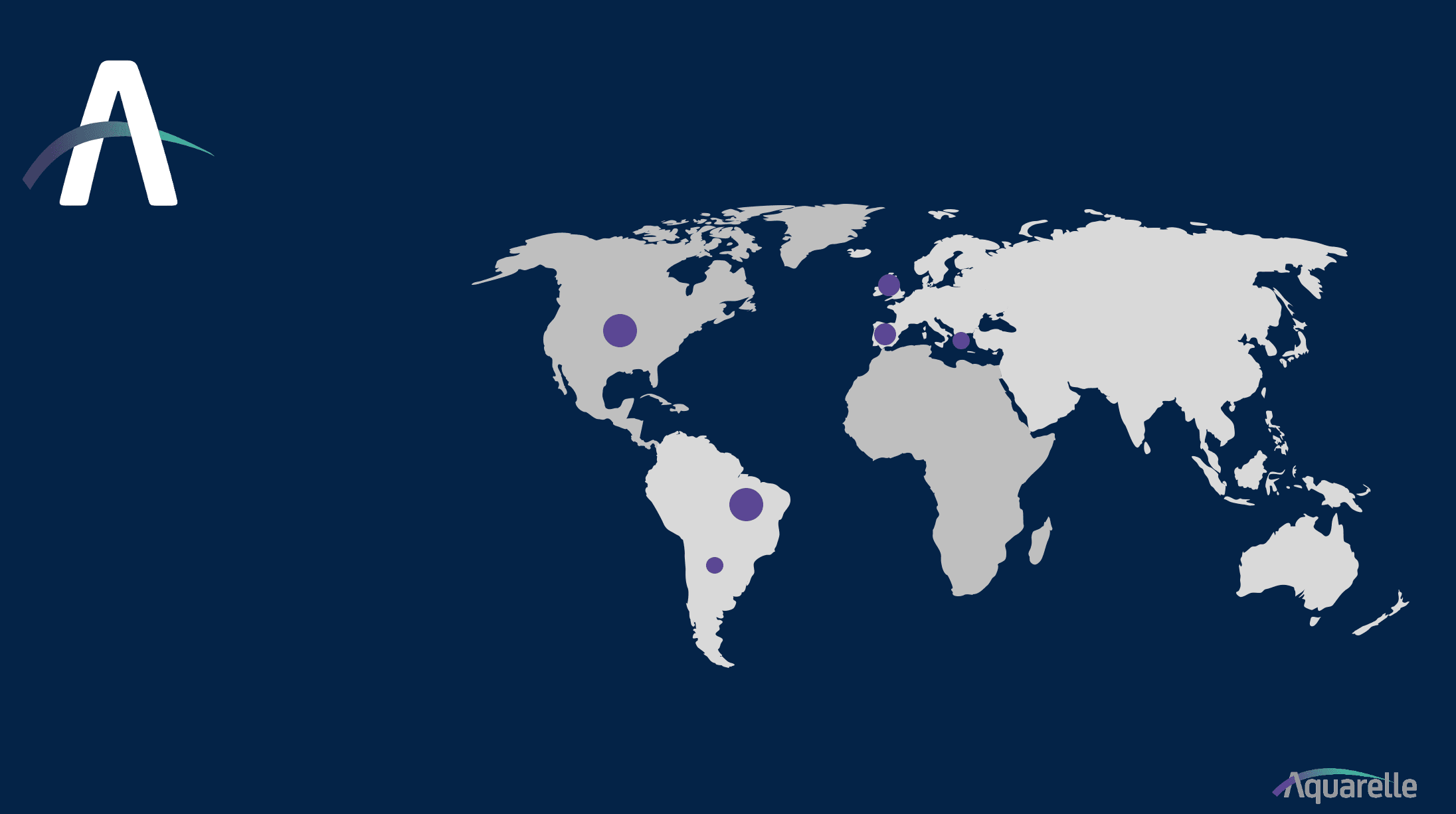Fast, secure and scalable!
Com IoT, the logic of work has been reshaped! You think, act and transform!
But is it that simple?
More or less, IoT needs automation to be successful. RPA, BPM or even a bus can be part of the construction and deployment process. Companies that consider these automations are already growing in scale in the digital transformation. It's not production capacity that is considered, but the ability to maintain productivity with connectivity.
IoT initiatives are exploding! Why?
Because it is a fundamental point of convergence for step 2 of Industry 4.0, remembering that step 1 of this stage is to have an asset management system installed, scalable and operating!
Do you have any idea of the impact these changes will have on your company, your life and the lives of the team that works with you?
It will be a fantastic and inevitable revolution!
The first industrial revolution, Industry 1.0, took place in the 18th century with the advent of steam power.
It was used on trains, ships, remember the movie Titanic? Several men putting wood on the fire to generate heat and steam? That's what they had and that's how it was for many years!
The 2nd industrial revolution - Industry 2.0 - came with electricity!
In the 1800s, electricity entered industries, bringing not only electric light but also electric motors, reducing human physical effort - imagine the number of men needed in Industry 1.0? And the physical effort they had to put in?
In Industry 2.0, this effort to generate steam was extinguished and people were reallocated to other activities, learning new trades. Are you beginning to see any similarities with Industry 4.0?
We'll get there!
The 3rd industrial revolution was when information technology began in the 20th century.
Computers, digital watches, telephones with keys, have arrived and have become part of our daily lives. Activities that were very common and even highly valued, such as typing on typewriters, which were initially mechanical, with "tec, tec tec" keys, gave way to electric machines, which then gave way to computers with office software, such as our well-known office suite!
Can you imagine living without an office? Doing schoolwork on sheets of butcher paper or typing and getting the formatting wrong and having to retype the whole sheet? Yes, that used to happen! But it's gone now!
Today, we are at the dawn of Industry 4.0. But what is it?
It's intelligence in favor of IT working in favor of industry!
This intelligence can be found in a number of Industry 4.0 disciplines, including AI, IoT and 3D printing.
What are these items?
A AI (Artificial Intelligence) is a type of system that can learn from the frequency with which each situation occurs, by collecting data, whether from an asset management system, from the sensors of a particular asset, there is a type of AI called Machine Learning, which brings information collected from here and there, consolidates it in a Dashboard, or even in a BI system and through reports, comparative graphs, dispersions shows where the imperfections detected are, based on history.
Another type of AI are personal assistants, which translate voice into text, such as Alexa for Google and Siri for Apple fans.
IoT - The equipment sends information to a central station, this central station stores it, exchanges information from one piece of equipment with another and, with the help of AI, generates invaluable insights for decision-making, with immediate and future savings in time, effort and money.
How long does your building's elevator still have to live? Can you tell without a guess?
Yes, it's possible! With the technologies we're talking about, super possible!
Did you realize that 3.0 is different from 4.0?
It's software intelligence in favor of IT.
Today, AI cross-references test data from patients with diseases with the procedures adopted by doctors, generating better treatment protocols so that people recover more quickly, such as cancer, rare diseases and now especially COVID-19.
3D printing - Printing parts of the human body, making prostheses lighter, closer to the face, ears, arms or even metal, walls of houses. It's printed engineering!
And why is it that we have so much technology in our daily lives and implementation in industry doesn't follow suit?
Processes and people!
The process is the soul of renovation, but beware that it can also be the brake, a plaster!
Why?
Because people and companies with rigid processes have difficulties and paradigms tied to each other, as well as a fear of the new!
Transformation doesn't destroy processes, it simplifies them in order to transform them!
Taking care to bring innovation without transcribing the current manual process, or one used in the office suite, to the system is a real necessity. If this is done, it won't be a transformation but just an automation.
Automation will be part of the transformation, together and connected.
Now, remember I mentioned earlier about the change in jobs, from steam to electricity? This adaptation has happened before and again, without fear of the new, we will adapt, we are constantly learning, even changing our activities.
Positions such as Innovation Manager, didn't exist a couple of years ago, today it is very common in many companies and other positions will emerge.
All this change can bring good news for you too, regardless of the industry you work in, but it also applies to other sectors. Many people think of industry in the industrial sense, but read it as something broader: activities such as psychologists, doctors and lawyers will also undergo changes!
Are you ready?
No?
First change the way you look at what you do, then qualify, change, improve and transform yourself!
In AQUARELLE we say: (I love that phrase!)
"We want to take you further! Let's go?"



